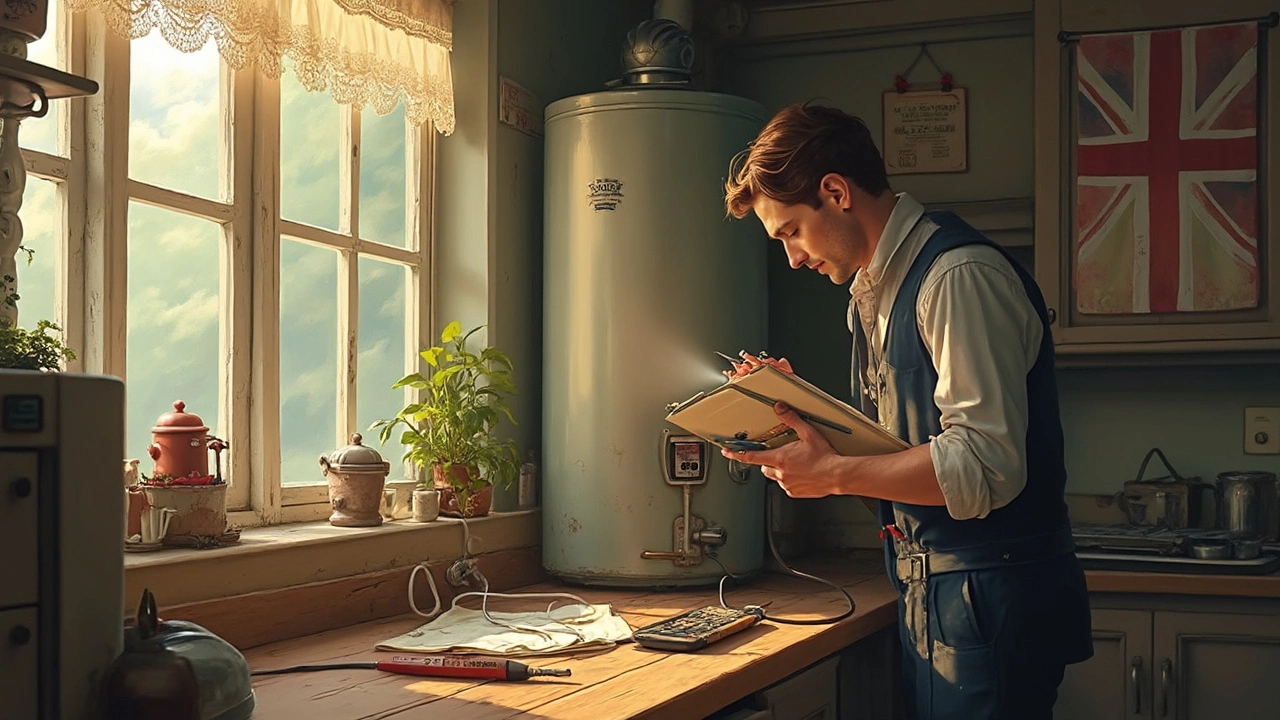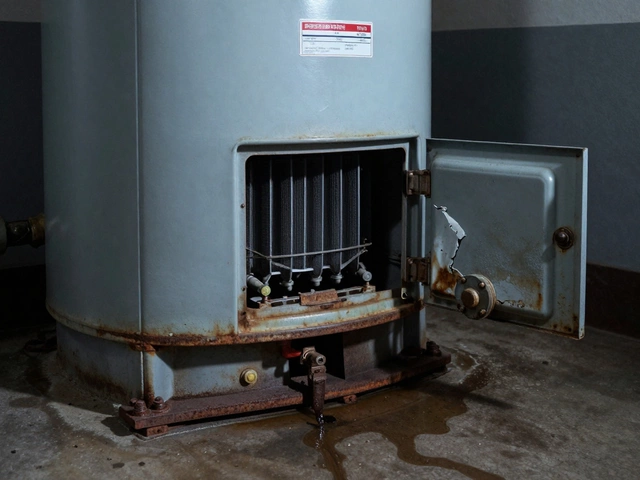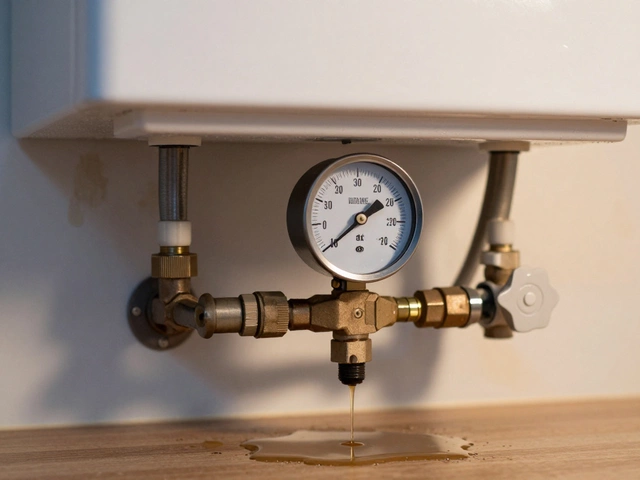Hot Water Heater Troubleshooting Guide
If your shower suddenly feels like an ice bucket, you’re probably dealing with a hot water heater problem. Before you call a plumber, try a few simple checks that can save time and money. This guide walks you through the most common issues, what you can safely fix yourself, and the signs that it’s time to call a professional.
Common Reasons for No Hot Water
First, figure out whether the problem is electrical, gas‑related, or a simple mechanical hiccup. Here are the top culprits:
- Tripped breaker or blown fuse: Electric heaters rely on a dedicated circuit. If the breaker has flipped, the unit won’t fire up.
- Pilot light out: Gas heaters need a lit pilot. A draft or dirty thermocouple can snuff it out.
- Thermostat set too low: It sounds obvious, but sometimes the dial gets nudged during cleaning.
- Faulty heating element: Elements wear out after years of use and can break the circuit.
- Sediment buildup: Hard water leaves mineral deposits at the bottom of the tank, insulating the water from the burner.
Knowing which symptom matches your situation will point you to the right fix.
Step‑by‑Step Fixes
1. Check the power supply. Open your breaker box and look for a tripped switch. Flip it back on and see if the heater starts buzzing. If the breaker trips again, you probably have a deeper electrical fault and should call an electrician.
2. Reset the heater. Most electric models have a reset button near the thermostat. Press it firmly for a few seconds. For gas units, locate the reset button on the front panel and follow the same process. This often solves a minor overload.
3. Relight the pilot. Turn the gas control knob to ‘Off’ and wait five minutes for any gas to clear. Then turn it to ‘Pilot’, press and hold the knob while using a lighter to ignite the pilot. Continue holding the knob for 30 seconds before releasing. If the pilot won’t stay lit, the thermocouple might need replacement.
4. Test the thermostat. Set the dial to a high temperature (around 140°F/60°C). If the water stays cold, the thermostat could be faulty. Replacing it is a straightforward DIY job if you’re comfortable working with electricity.
5. Flush the tank. Turn off power or gas, close the cold‑water inlet, and connect a garden hose to the drain valve. Let the water run until it’s clear. This removes sediment and improves heating efficiency.
These steps cover about 80 % of everyday hot‑water hiccups. If you’ve tried them and still have no heat, the issue is likely a broken heating element, a faulty valve, or internal corrosion—things that usually need a professional’s tools and expertise.
When you call a repair service, let them know what you’ve already checked. It saves them time and often reduces your bill. At Hinckley Home Appliance Repair Services we specialize in fast, reliable water heater fixes, so you can get back to warm showers without the hassle.
Remember, regular maintenance – like a yearly flush and checking the pressure‑relief valve – can prevent most of these problems before they start. A quick 15‑minute check each spring keeps your heater humming for years.
22 February 2025
·
0 Comments
When your hot water heater stops working, it's not just an inconvenience—it's a call for action. Before you panic, perform some simple checks to diagnose common issues. From checking the power source to inspecting the pilot light, these steps can often help resolve the problem quickly. Knowing what to look for can save you from unnecessary repair costs and cold showers. Familiarize yourself with these troubleshooting steps and make sure your hot water heater is in top shape.
Read more



